15 women who changed Italy
In this article we will be talking about the women who made or changed Italy; fifteen famous and pioneer women in the fields of politics, sciences, arts, medicine, mathematics or education. While their important contributions have not always been recognized in written accounts – women literary and political ambassadors are more likely to go down in history as ‘courtesans‘, women painters as ‘pupils‘ or ‘muses’, women writers as ‘successors’ to their more famous male counterparts, etc. – all of these fifteen Italian women left their mark in their country, and for some of them, also abroad.
In chronological order of their date of birth:
1. Trotula of Salerno (11th and 12th centuries)
Trotula of Salerno was a female physician who worked in Salerno, the epicenter of medieval medicine in Europe. Trotula was one of the most famous physicians of the time and a pioneer in women’s health. She is considered the world’s first gynecologist. Several writings about women’s health have been attributed to her, including Diseases of Women, Treatments for Women, and Women’s Cosmetics. In medieval Europe, these texts were a major source for information on women’s health, especially for male physicians who knew little about the female body at that time. She was also the first to believe that women should not suffer relentless pain during childbirth, advocating the use of opiates to dull the pain of labor.
2. Catherine of Siena (1347 – 1380)
Catherine of Siena was a scholastic philosopher and theologian. She is one of the two patron saints of Italy, together with St. Francis of Assisi. She was also a woman of action, who acted as an ambassador and counselor to Popes Gregorio XI and Urbano VI. She was responsible for bringing back the Pope to the eternal city after the papal residence had moved from Rome to Avignon. She also participated in an active manner in the Great Western Schism which would for ever change the life and course of history in the Italian peninsula. She is one of the only three women saints, together with Teresa of Avila and Saint Thérèse of Lisieux, to have been declared Doctors of the Church, a title given to those whose writings deem to correspond to the doctrine of the church and which the church believes can be used as teachings.
3. Dorotea Bucca (1360-1436)
The Italian Dorotea Bucca, also known as Dorotea Bocchi, was a physician and one of the first scientists to open the science field to women in Europe. She was the first female professor to be accepted onto the board of the university of Bologna, where she detained a chair of medicine and Philosophy for over forty years from 1390.
4. Artemisia Lomi Gentileschi (1593 – 1653)
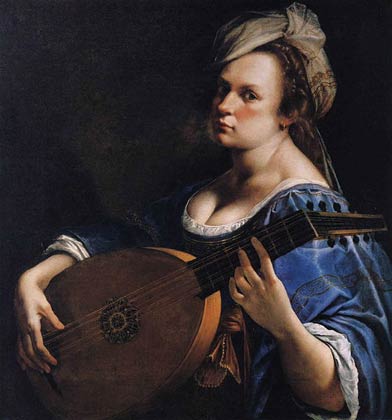
Probably the first great female Italian painter, Artemisia Gentileschi was a reference in the development of the painting of the 1600s. She was the first female painter to become a member of the Accademia di Arte del Disegno in Florence, at a time when women did not have the possibility of studying anatomy or drawing from life (it was considered unacceptable for a lady to view nudes). Per the custom at that time it was impossible for female painters to hire models or teachers as their sole presence in the female painter’s atelier could ruin her reputation. Today she is considered one of the most accomplished painters in the generation after Caravaggio.
5. Elena Cornaro Piscopia (1646 -1684)
Elena Cornaro Piscopia was a Venetian mathematician and the first woman in the world to be officially awarded a university degree. She graduated from Padua university in 1678.
6. Celia Grillo Borromeo (1684 – 1777)
Celia Grillo Borromeo was a Genovese mathematician and scientist who was famous for her ability to solve every mathematical problem presented to her. In 1728, Borromeo discovered the so-called Clelie curve : q = mƒ. She also versed in linguistics and spoke eight languages.
7. Maria Gaetana Agnesi (1718 – 1799)
Agnesi is credited with writing the first book discussing both differential and integral calculus. She was an honorary member of the faculty at the University of Bologna. Some major mathematicians consider her the first important woman mathematician since Hypatia (a neoplatonist philosopher of the fifth century A.D. and the first notable woman in mathematics).
8. Eleonora de Fonseca Pimentel (1752 – 1799)
Eleonora de Fonseca Pimentel was an Italian poet and revolutionary connected with the Neapolitan revolution and one of the few personalities capable of importing the values of the French Revolution into Italy. She became a reference for the Neapolitan culture and one of the leaders of the revolution that overthrew the Bourbon monarchy and installed the republic in January 1799.
9. Virginia Oldoini (1837 – 1899)
Known as La Castiglione, Virginia Oldoini, Countess of Castiglione (1837 – 1899), was an Italian aristocrat, cousin of the Count of Cavour, and one of the first women to be active in politics, not merely as a supportive spouse, as was the case for Anita Garibaldi, but in her own name. She was an intelligent and charismatic ambassador of Italy. She was also a significant figure in the early history of photography. Unfortunately, many biographers merely remember her as the woman who achieved notoriety as the mistress of Emperor Napoleon III of France.
10. Maria Montessori (1870 – 1952)
Maria Montessori was a physician, humanitarian and educator, best known for the philosophy and system of education bearing her name. Montessori education is characterized by an emphasis on independence, freedom within limits, and respect for a child’s natural psychological development. Montessori’s ideas were well received internationally, and Montessori societies to promote her work were formed in many countries. Famous people educated at Montessori schools include: Larry Page and Sergey Brin (founders of Google), Jeff Bezos (founder of Amazon.com) and Gabriel Garcia Marquez (Nobel Prize winner for Literature), among many others.
On a more trivial note, Maria Montessori is also the only Italian woman who has had the honor to appear on banknote.
11. Grazia Deledda (1871 – 1936)
Grazia Deledda was an Italian writer who won the Nobel Prize for Literature in 1926 and one of the leading figures of the verism movement in literature. She brought out the dialect of her region elevating it from the domestic sphere to the level of literature and in such contributed to the evolution of the Italian literature and language. She is also the author of the Italian translation of Eugénie Grandet by Honoré de Balzac.
12. Anna Magnani (1908 – 1973)
Anna Magnani was the most celebrated Italian actress of the post-war era. With her fierce intelligence and sensuality she was an exception at a time when most Italian actresses to earn international success were voluptuous and glamorous sex symbols. She won the Academy Award for Best Actress, along with four other international awards, for her portrayal of a Sicilian widow in The Rose Tattoo, a role which Tennessee Williams had written for her.
13. Rita Levi Montalcini (1909 – 2012)
Rita Levi-Montalcini was a neurologist and one of Italy’s leading scientists who, together with biochemist Stanley Cohen, received the 1986 Nobel Prize in Physiology or Medicine for their discovery of nerve growth factor (NGF). Their discovery is of fundamental importance to the understanding of cell and organ growth and plays a significant role in understanding cancers and diseases such as Alzheimer’s and Parkinson’s.
Read more: Rita Levi-Montalcini and Italian Nobel Prize winners.
14. Leonilde Iotti (1920 – 1999)
Leonilde Iotti, commonly known as Nilde Iotti, was an Italian politician of the Communist Party, the first woman to become president of the Italian Chamber of Deputies for three consecutive legislatures from 1979 to 1992. She was one of the few women member of the Commission of 75, entrusted with writing the new Italian Constitution.
15. Tina Anselmi (b. 1927)
Tina Anselmi is an Italian politician, Minister of Labor and Italy’s first woman cabinet officer. She was also a notable member of the Italian resistance movement during World War II.
See also: Top 14 most influential Italian women
Written March 8, 2012; updated March 8, 2014.

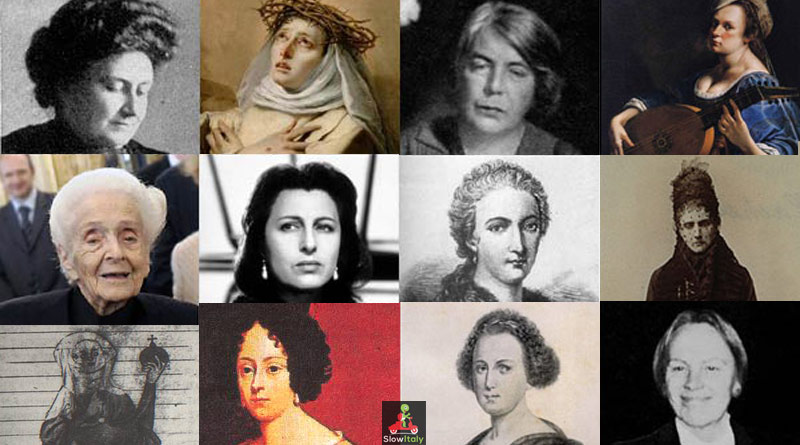
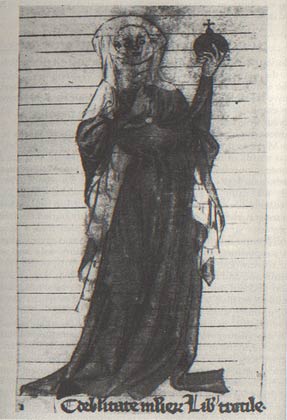
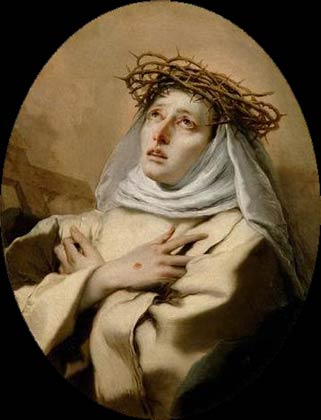
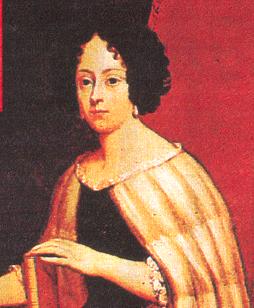
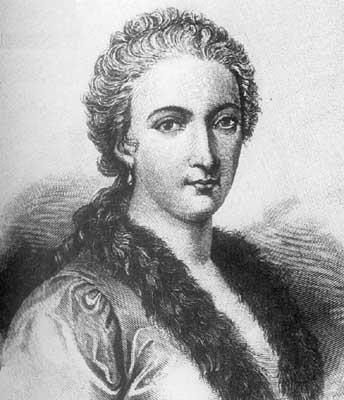
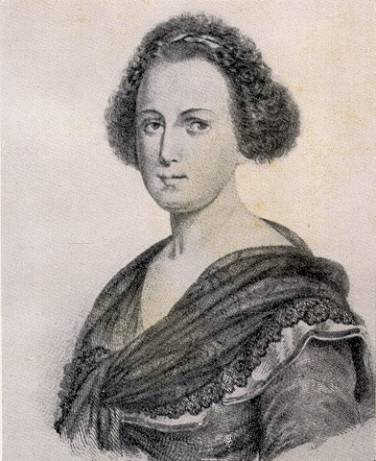
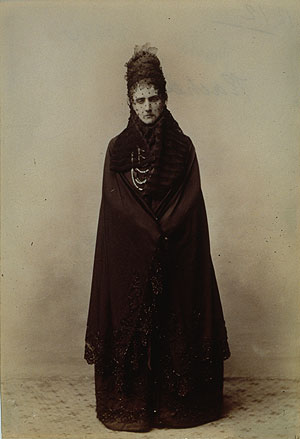
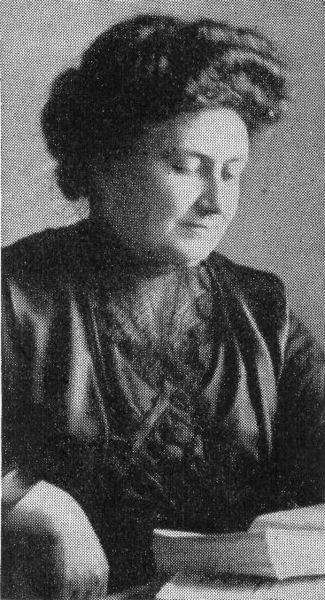
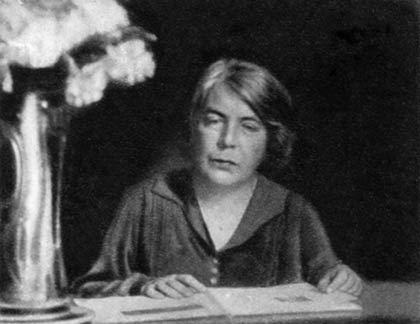
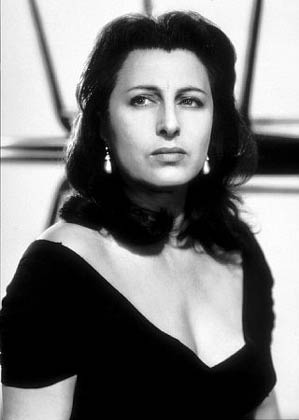
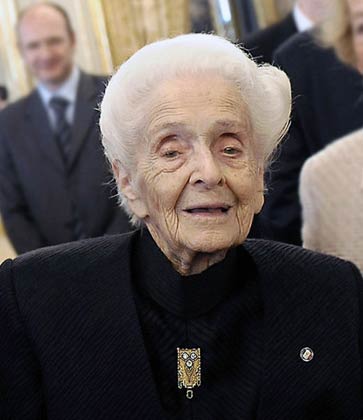
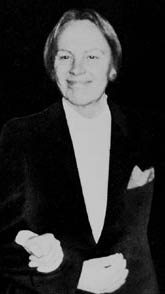


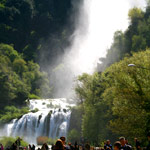
what about Cristina Trivulzio Belgiojoso?
She was also never called “Leonilde” and she herself preferred going by the shortened form “Nilde”.
Yes, indeed, I mentioned that in the article.